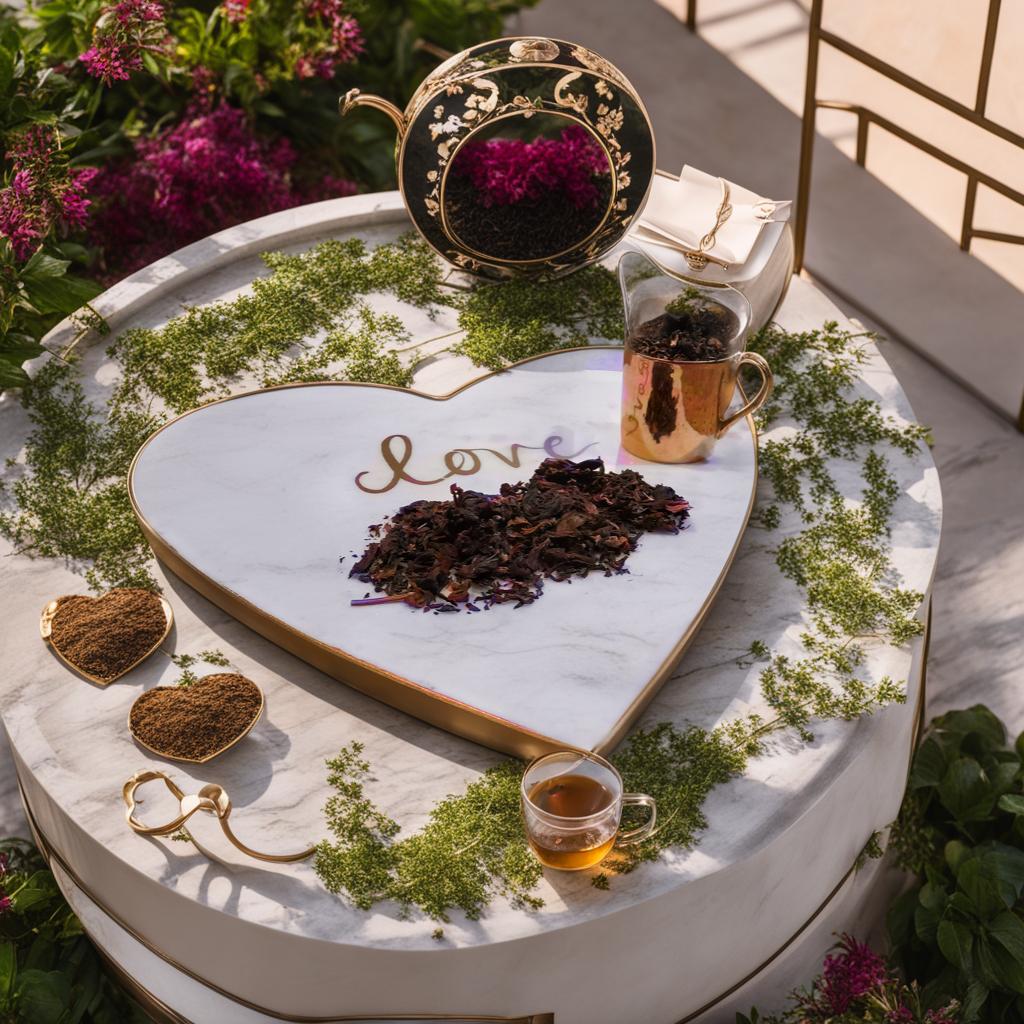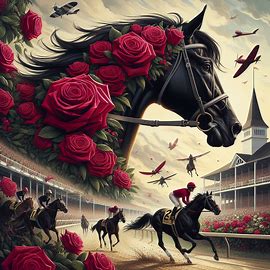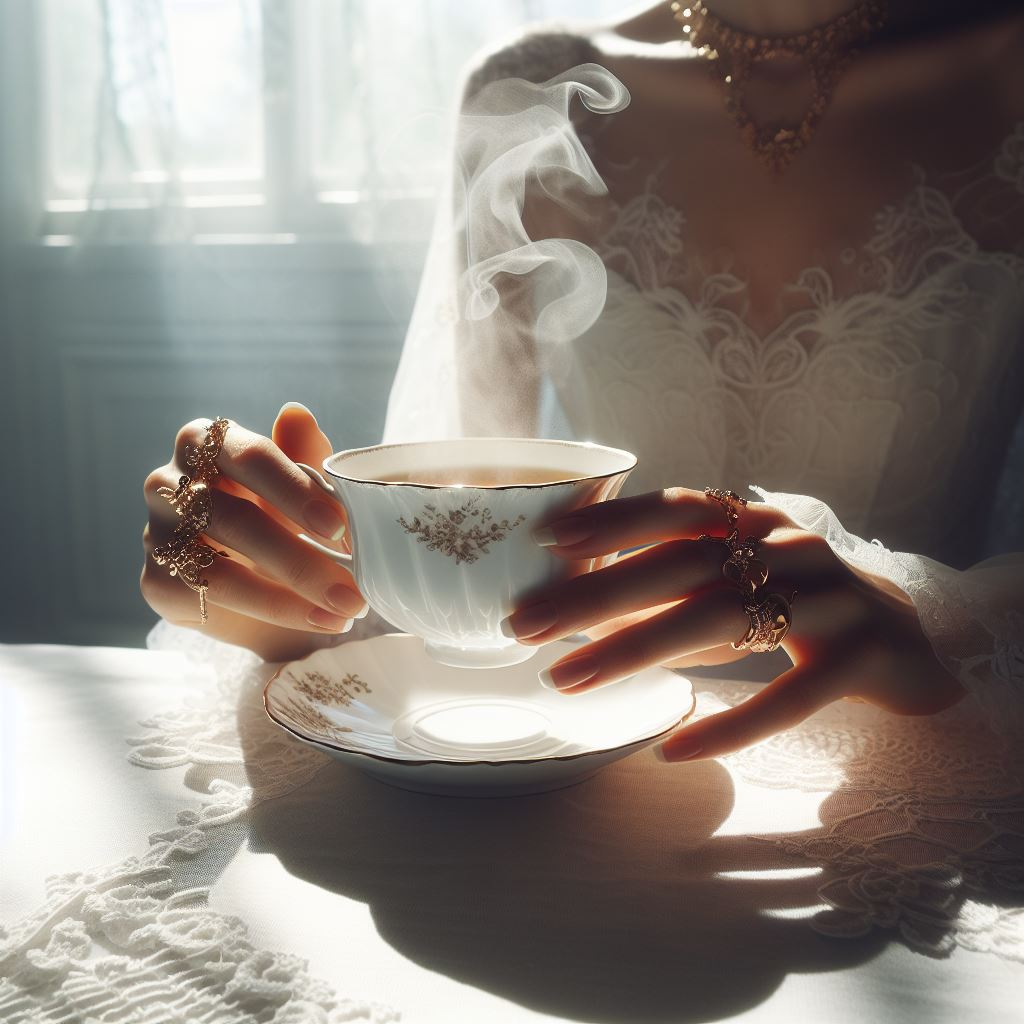Sip on the A-B-Cs of Aristocratish Teas
Remember saying to yourself or aloud, ‘when will I ever use this stuff?’ Well the fate fairy has brought you directly to this moment in time to broach your former knowledge in African, Chinese, and Japanese traditions-ever so lightly. By the conclusion of this blog you will also agree that the Aristocratish Tea is Grade A in quality, too.
Did you know the practice of consuming loose leaf tea dates back over a thousand years, with its origins deeply rooted in Africa, Japan, and China, where leaves were recognized for their purity and flavor long before modern tea bags emerged? I want to share the connection with you on the evolution of the phenomena of premium tea and why I laud Aristocratish Teas as top-tier, Grade A, premium, and exquisite tea!
That said, there are essentially four grades of loose leaf tea and a couple of examples to boot.
Whole Leaf (Grade A): - Imagine you have a garden full of beautiful, complete leaves. These are the best leaves you can pick for tea. They are like the juiciest, ripest apples on a tree. They make the best tea because they are whole and intact. - Example: Aristocratish Priscilla Ann Hibiscus Tea - These tea leaves are carefully picked and are whole, making them some of the highest quality tea leaves.
Broken Leaf (Grade B): - Now, think about leaves that got a little crumpled or broken, like when you accidentally crinkle a piece of paper. These leaves are still good, but they are not as in tact as the whole ones. - Example: Aristocratish Leo Lavender Tea - Some of the leaves in Aristocratish Leo Lavender tea might be broken, but it's still delicious and amazing. Also, try Aristocratish Ethel Louise Peony Tea.
Fannings (Grade C): - Picture tiny leaf pieces, like the crumbs at the bottom of a bag of chips. These are even smaller than the broken leaves and are usually used in tea bags. They might not look fancy, but they can still make a nice cup of tea. - Example: Tea Bag Tea - Many tea bags contain tea fannings, which are small bits of tea leaves that make brewing tea quick and easy.
Dust (Grade D): - Think of really, really tiny pieces, almost like dust you find on a bookshelf that hasn't been cleaned for a while. These are the smallest tea bits, and they are often used in the cheapest tea bags. - Example: Cheap Grocery Store Tea Bags - Some inexpensive tea bags contain tea dust, which is why they are usually less expensive but may not taste as good as higher-grade teas. But why would you even give this a second look?
Let's review...
Whole Leaf (Grade A) is like the best, whole apples, Aristocratish Tea. -
Broken Leaf (Grade B) is like slightly crumpled leaves Aristocratish Tea. -
Fannings (Grade C) are tiny leaf pieces, like chip crumbs
Dust (Grade D) is the tiniest, almost like dusty particles, but you would never. Remember, the grade of tea can affect its flavor and quality, but it is also about personal preference. Some people like quality, Grade A, Aristocratish, premium whole leaf teas, while others are perfectly happy with a languishing cup of tea from dust.
Now, how would you grade your last cup of tea? A, B, C, D?






